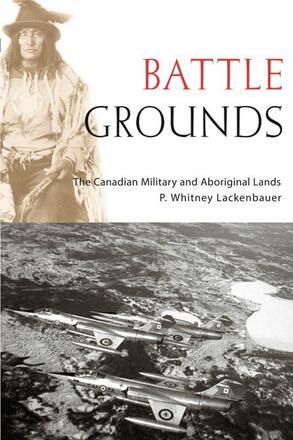
Description
Base closures, use of airspace for weapons testing and low-level flying, environmental awareness, and Aboriginal land claims have focused attention in recent years on the use of Native lands for military training. But is the military’s interest in Aboriginal lands new? Battle Grounds analyzes a century of government–Aboriginal interaction and negotiation to explore how the Canadian military came to use Aboriginal lands for training. It examines what the process reveals about the larger and evolving relationship between governments and Aboriginal communities and how increasing Aboriginal assertiveness and activism have affected the issue.
Reviews
... readers will be rewarded by a spirited and provocative introduction and conclusion and plenty of fresh research.
- Desmond Morton
This timely text will be of great assistance to those assisting the First Nations in the recovery of their ancestral lands. With maps, tables and illustrations, the author takes the reader through fifty years of native land takeovers by the Canadian military. This may well be the handbook for those assisting in land recovery or lease variation.
- Ronald F. MacIsaac